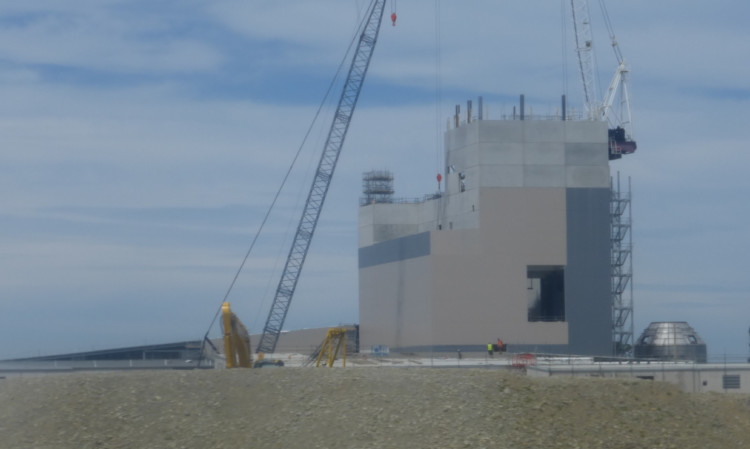Bounded by the magnificent Southern Alps to the west and the warm waters of the Pacific Ocean to the east lies probably the best area in the world for dairy farming, the Canterbury Plains.
First settled by wealthy British families the plains were laid out in one square mile or 640-acre sections.
The pine tree shelter belts and neat paddocks along with millions of Romney sheep are now history.
One still may see a large wooden shearing shed sitting as a forlorn reminder of the days when sheep, beef and corn were the mainstay.
Today nearly every 640-acre section has a 64-stall rotary parlour in the centre.
Massive pivot irrigators 1.2 km-long provide a constant five-millimetres-per-hectare daily watering for high performing grass and clover mixtures.
Before all farm subsidies were cut overnight in 1984 there were just a handful of dairy farms whereas today there are 1,000.
The New Zealand national herd has expanded by 25% in the past five years to 6.5 million cows.
Most of this has taken place in Canterbury and Otago to the south.
The land is based on gravel which prevents poaching of the soils and with endless supplies of irrigation water from the mountains of the Alps this area grows the best grass in New Zealand.
Fonterra, a farmer-owned cooperative, has vast milk dryers located in close proximity to dairy farms.
These industrial monsters are about the size of the Torness Nuclear Power station.
So rapid is the headlong rush to dairy that Fonterra cannot build these drying plants quickly enough and had to admit to dumping fresh milk at sea last November and December.
The payout to dairy farmers this year will be the highest on record at NZ$8.30/kg (34 pence per litre).
With an average cost of production of 24p per litre it is widely accepted dairy farming is a licence to print money.
Kiwis have a huge advantage in that Fonterra dry nearly all milk produced, thus converting perishable low value fresh milk into the highly sought after commodity of milk powder.
This can be easily stored, transported and traded on the global markets.
Of course the value of dairy farms has gone through the roof over the past three years to about £12,000 per acre.
Then a herd of 1,000 to 1,200 cows for each 640-acre farm will set you back well over £1m .
Canterbury is probably the best place in the world to milk cows with high levels of sunlight, unlimited irrigation and virtually no red tape.
With all milk being processed all herds can be dried off during the short winters.
So cows are always producing milk from fresh grass.
The annual milk production at 1,900 kgs per ha equates to between 22,000 and 23,000 litres per ha from a stocking rate of 4.6 cows.
I spent a day with a livestock agent sourcing over 1,000 cows for the latest dairy conversion.
I was fascinated to find myself on a farm near Ashburton owned by Scotsman Bill Hogg.
Bill had decided the time was right to cash in on the dairy bonanza and disperse his whole herd.
The prospective buyer told me that although he did have confidence that the boom would continue, he could not help but think that Bill may be selling at the very top of the market.
The buyer was acting for a large investment company whom he chose not to reveal to me.
It may well be Craigmore Sustainables NZ.
This is an investment company set up by one of New Zealand’s wealthiest farmers, Forbes Elworthy who was a guest speaker at the recent Oxford Farming Conference.
The minimum any prospective investor must commit is NZ$ 1 million.
Craigmore have come late to the milk boom party and are actively buying dairy farms for their investors.
I happened to meet a friend the other day who also manages funds and his long-term Kiwi investors have taken the decision to cash up and fill their boots.
One worry is that the anyone investing today will be locked into a very high break-even price.
